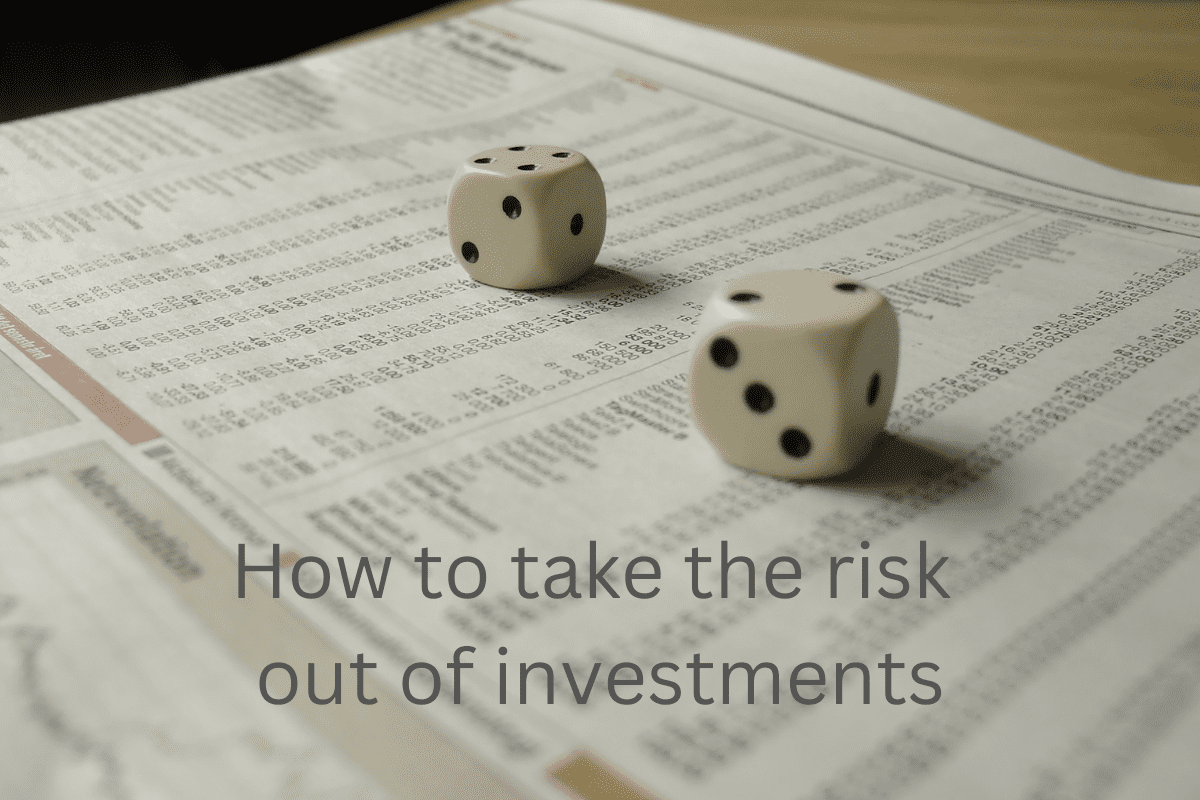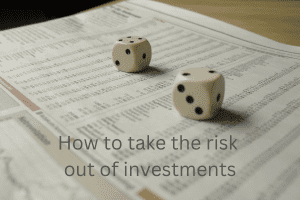Welcome to edition number ten of our newsletter ‘Spectrum in Occitanie, Finance in Focus’, brought to you by your Occitanie team of advisers Derek Winsland, Philip Oxley and Sue Regan, with Rob Hesketh now consulting from the UK.
It seems remarkable, to me anyway, that we are already nearly a quarter of the way through the year. We still have the same problems to deal with, namely the fallout from Brexit and the continuing scourge of the Covid 19 virus, where the UK and France seem to be on diverging paths, both in terms of infections and vaccinations. With this in mind, we decided that it might be a good idea to talk today about risk, and how we might learn to live with it.
What is Risk?
Firstly, it is important to realise that risk is everywhere, and in various forms. In a sense it is like oxygen; without it, nothing happens. Sometimes you can see it, but most of the time you cannot. One thing that Covid 19 has taught us is that the very air that we breathe and the everyday items that we touch can kill us, and that is a sobering thought. The real definition of risk is the possibility that something bad might happen, either to you or because of something that you do; or even do not do. That is what makes risk exceedingly difficult to avoid. Often, we think of risk as taking a chance or a gamble, but sometimes a decision not to do something is just as risky.
Can I avoid Risk?
Yes, it is certainly possible to avoid some risks, but sometimes this has unintended consequences. If you do not eat, you cannot get food poisoning, but if you cut out that risk altogether, the end result is not positive. When it comes down to it, you have to accept risk. The real trick is calculating those risks and evaluating the likelihood of something bad happening. In investment terms, if you do not invest (and take some level of risk), you eventually run out of money. Unless of course you have a never ending and regular source of income – wouldn’t that be nice?





